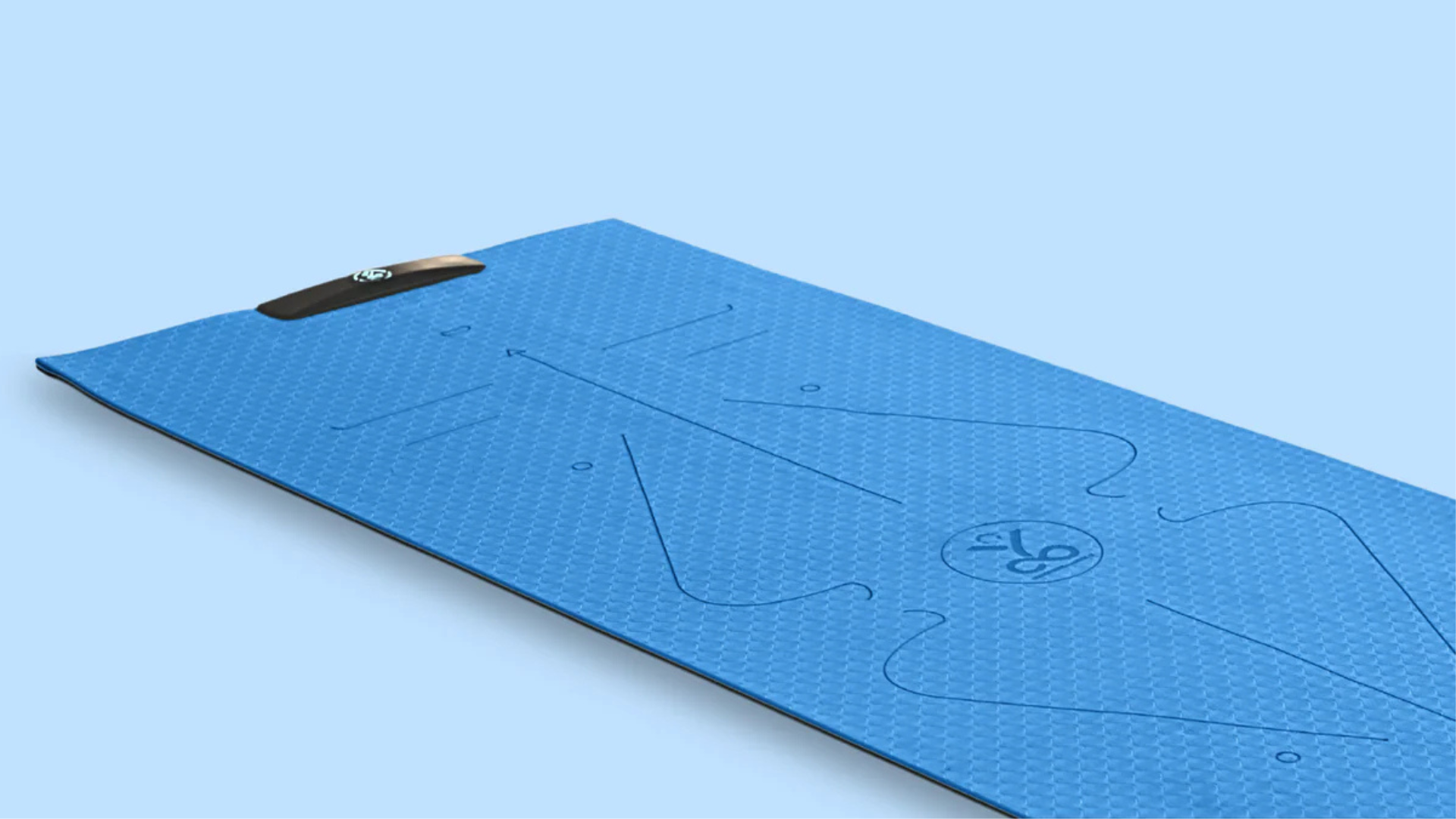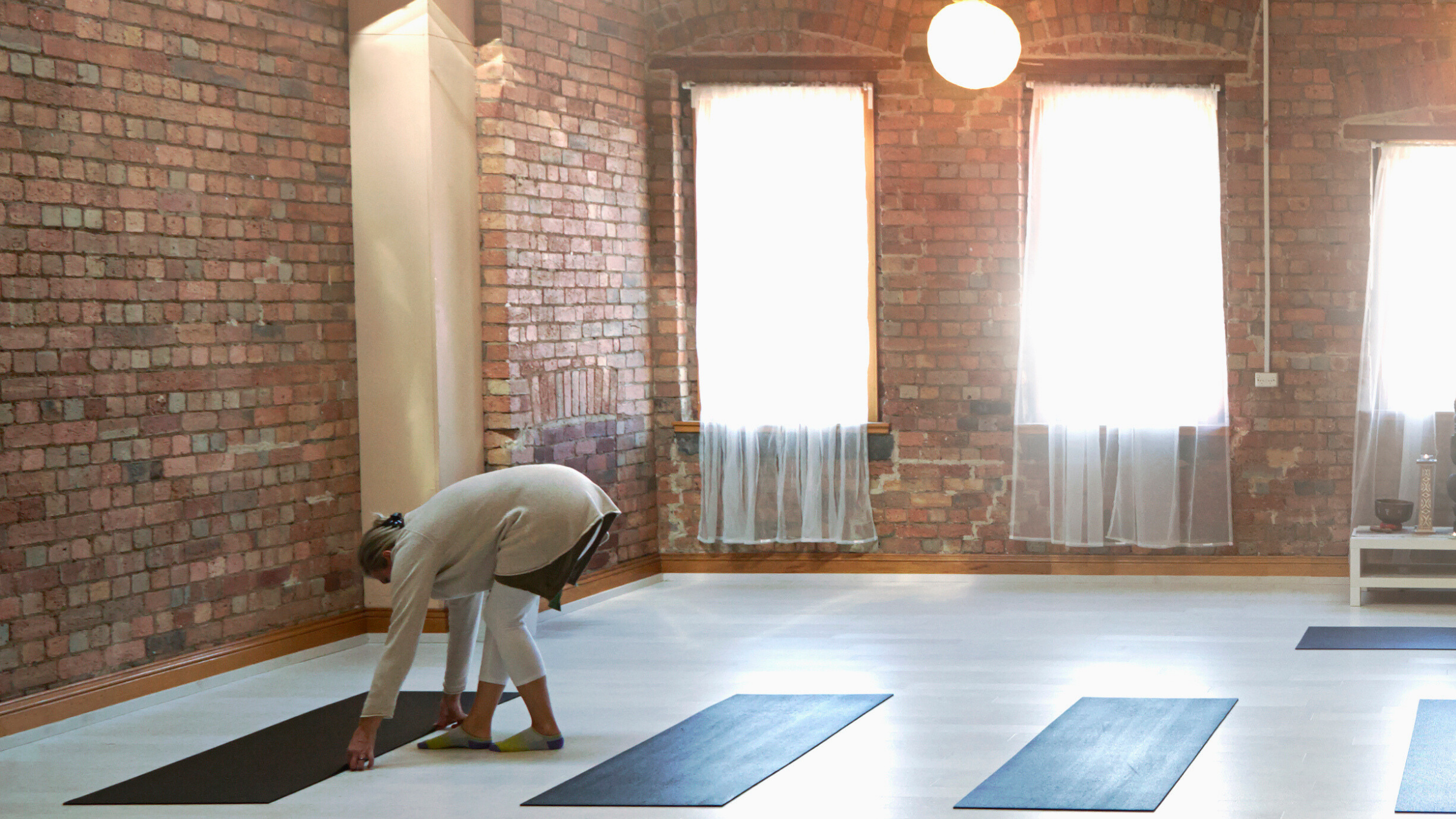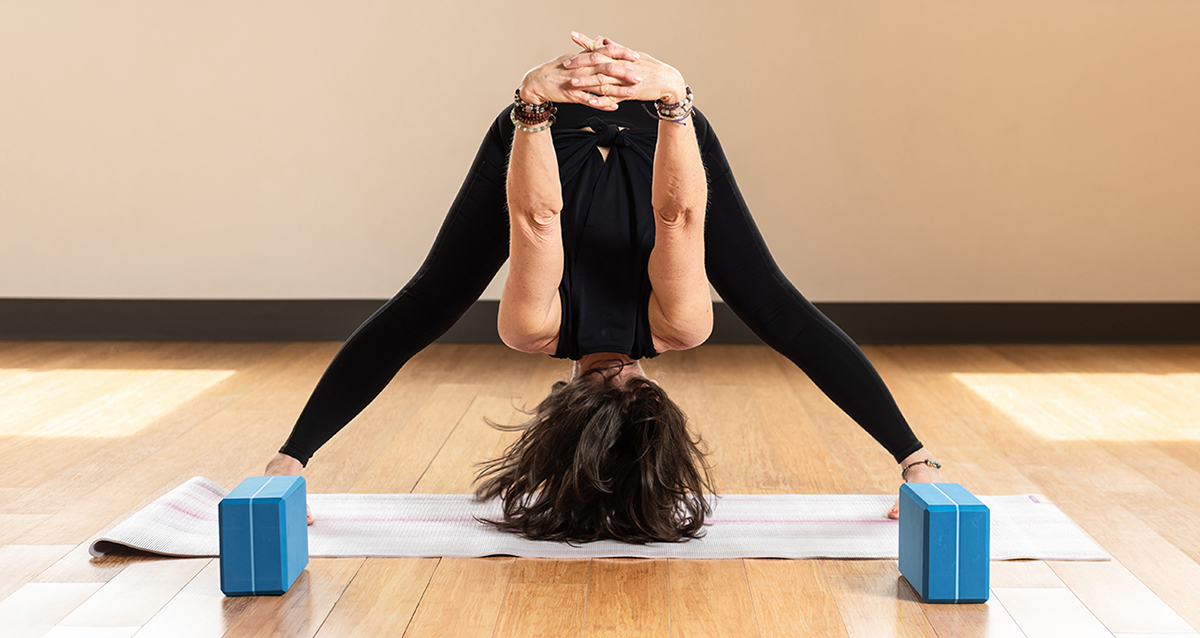Published November 28, 2025 09:56AM
A decade ago, it seemed as though the high-tech smart yoga mat revolution was poised to arrive. The TERA Mat, the Glow Mat, and the SmartMat were widely anticipated and rumored to change the game with embedded lights designed to indicate “proper” alignment. The same benefits one could get from a yoga teacher were purportedly reduced to pressure sensors and LEDs.
That revolution never happened. Whether these smart mats were ahead of their time or the digitizing of an ancient practice simply wasn’t appealing to the yoga crowd, not one of these products remains on the market. Despite the current proliferation of AI, there still aren’t many smart mat yoga mat options available as we head into 2026. Some, such as the HigherDOSE Infrared PEMF Pro mat, aren’t designed specifically for yoga and feature more restorative benefits, such as infrared light therapy. You can certainly do yoga on these mats. But high tech smart mats that are yoga specific are few and far between.
The one that does exist, however, is largely different than past iterations. The YogiFi Smart Mat offers postural adjustments based on sensors, guided video sequences via its app, and the ability to track your balance and flexibility over time. It’s an entirely different approach to yoga. Whether or not it’s for you depends on several factors, including your preferences, needs, and budget.
So Is a High-Tech Yoga Mat Worth It?
The YogiFi Smart Mat picks up where the high-tech mat companies of a decade ago left off. It’s essentially a yoga mat with built-in sensors and a charging port near the top that’s a little longer and slimmer than a sunglasses case. You’ll also need the YogiFi app, which comes stocked with different guided practices, assessments, programs, and meditations. Launched in 2020, YogiFi is now on its third generation of Smart Mat.
The mat and app work via built-in, AI-powered posture alignment sensors that help you adjust your alignment. That means there’s no need to fuss with cameras or wearables. You do, however, need to be able to multitask during your practice since the sensors result in a visual representation of where pressure is being applied to the mat via the app.
The app displays the video of the practice and the pressure on the mat on a split screen. It repeats the same audio instructions until you hear a ding and receive a checkmark. If your alignment doesn’t match what the YogiFi Smart Mat thinks it should be, you’ll eventually hear, “No worries, let’s move on to the next asana!” This takes place without any details around why you weren’t measuring up, which I found dissatisfying and curiosity arousing. (“Were my knee and ankle not lined up?!”)
However, there was something video game-y about this, and I found myself really wanting to get those checkmarks. That might sound gimmicky, but as I tried new-to-me poses, it was helpful to know if my posture was correct. As a busy parent who can’t make a yoga class consistently, I appreciated what feedback I did receive, even if it left me wanting a little more sometimes in terms of how to adjust my body.
I can take myself through only about 15 minutes of unguided practice at home before I start running out of poses, so the app’s library of practices proved incredibly useful. Videos include 89 different asanas (postures) that one can practice one at a time as well as varied guided practices.
The practices follow the current micro-yoga trend and includes quick practices such as a 20-minute energy booster, a 10-minute yoga nidra session, a 20-minute Sun Salutation class, as well as short videos for specific focuses such as poses for back pain relief, menopause management, and a flexible spine. The longest practice clocks in at 33 minutes. There are also 21-day programs (“Forever Young” and “Chakra Balance”) if you prefer something that you can stick with day after day. Although if all you need is video practices, you can find those online for free.
After each practice, the app delivers a score with ratings on balance and flexibility based on its assessment of where your pressure points were on the mat during specific poses. It also encourages you to keep daily streaks going by giving you awards for regular practice. There’s a community feature as well, making the smart yoga mat a little reminiscent of yoga for the Peloton set.
The Yogifi Smart Mat delivered actionable guidance most mornings during an energizing yoga session before the kids wake up. And although I appreciated various aspects of the mat, the cost is steep compared to the average yoga mat, both in terms of cost and the need to divide my attention between myself and a screen.
There’s a reason high-tech mats have yet to revolutionize yoga. Perhaps a practice that has been around for a few millennia doesn’t need a revolution.
YogiFi Smart Mat

The Smart Mat could be very helpful for someone who wants to get into yoga and is into high tech, yet it’s not ideal for beginners as it measures “success” in terms of the AI-detected shape of your body. As such, it’s devoid of someone suggesting a variation that might work better for a particular body. It also can’t adjust its cues based on that confused look on your face or the pinched look you get when you forget to breathe.
If you respond to the dopamine hit of metrics, awards, and scores as a motivation to practice, then this is a product you’ll likely get a lot of mileage out of. If you engage with yoga precisely because it is devoid of metrics, awards, and scores and prefer a more analog and intuitive experience, the YogiFi Smart Mat is not for you.
The mat will set you back $230 although it’s currently discounted for Black Friday. The subscription to the app will cost you $8 a month or $80 annually.






